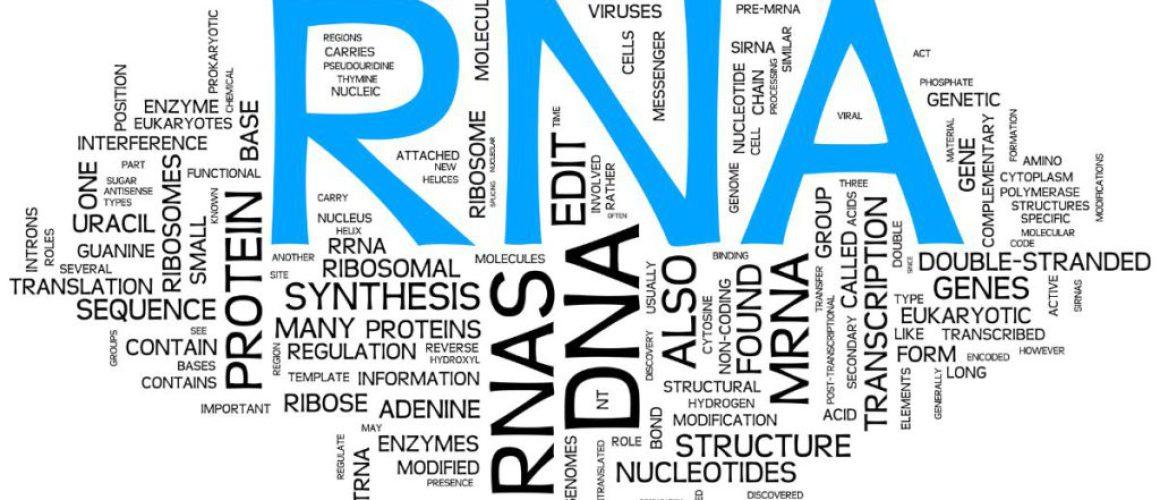DNA vs RNA: Understanding Their Roles and Differences in Molecular Biology
Table of Contents
Key summary table for “DNA vs RNA”:
| Key Points | DNA | RNA |
|---|---|---|
| Structure | Double-stranded | Single-stranded |
| Sugar Component | Deoxyribose | Ribose |
| Bases | Adenine (A), Guanine (G), Cytosine (C), Thymine (T) | Adenine (A), Guanine (G), Cytosine (C), Uracil (U) |
| Function | Stores and transmits genetic information | Translates genetic information into proteins |
| Stability | Stable, suitable for long-term storage of genetic information | Less stable, suitable for tasks requiring flexibility |
| Role in Molecular Biology | Keeper of the genetic code, crucial for inheritance and gene regulation | Involved in protein synthesis, gene regulation, and some forms of DNA replication |
Ever wondered about the secret language of life? It’s written in the form of DNA and RNA. These two molecular maestros conduct the symphony of life, orchestrating everything from our eye color to our ability to digest certain foods. Let’s embark on a journey to decode the mysteries of DNA and RNA, and understand their roles and differences in the fascinating world of molecular biology.
Introduction
When I first ventured into the world of Molecular Biology, two of the most fundamental components I encountered were DNA and RNA, each playing unique and crucial roles. These two molecules are the cornerstone of life as we know it, carrying the genetic instructions used in the growth, development, functioning, and reproduction of all known organisms and many viruses.
RNA, often seen as the underdog compared to DNA, has a multifaceted role in the world of Molecular Biology. It’s the unsung hero in our cells, translating the genetic code into the proteins that make life possible.
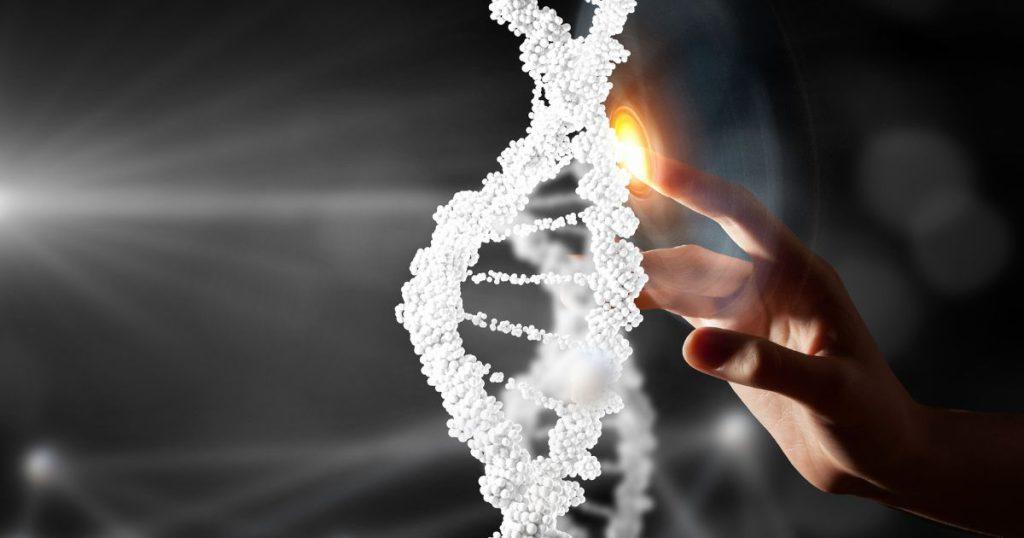
Understanding DNA
DNA, or deoxyribonucleic acid, is often referred to as the blueprint of life, and for good reason. It’s the molecule that holds the genetic instructions for the development and functioning of living organisms. DNA is a long, double-stranded molecule made up of two chains of nucleotides. These nucleotides are composed of a sugar molecule (deoxyribose), a phosphate group, and one of four types of nitrogenous bases: adenine (A), guanine (G), cytosine (C), and thymine (T). The order of these bases is what determines the genetic code.
| Component | Description |
|---|---|
| Deoxyribose | The sugar component of DNA |
| Phosphate Group | Connects the deoxyribose sugars to form the backbone of DNA |
| Nitrogenous Bases | Adenine (A), Guanine (G), Cytosine (C), Thymine (T) |
The structure of DNA is a double helix, which is like a twisted ladder. The sugar and phosphate molecules form the backbone of the ladder, while the bases form the rungs. The bases pair up in a specific way: adenine with thymine, and cytosine with guanine. This base pairing is crucial for DNA replication, a process where the DNA molecule makes a copy of itself.
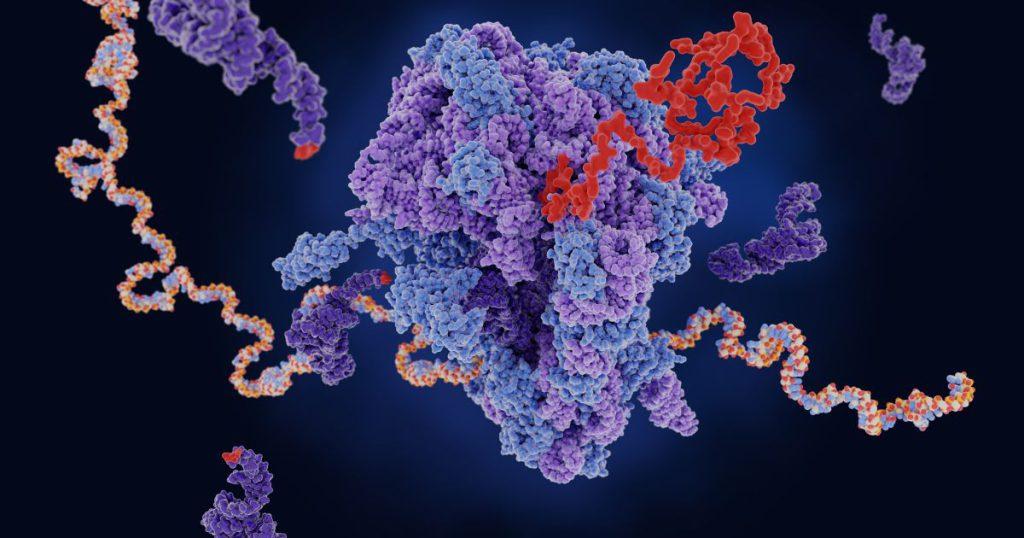
Understanding RNA
RNA, or ribonucleic acid, while less talked about than DNA, plays an equally important role in the functioning of our cells. RNA is a single-stranded molecule, and while it also consists of a chain of nucleotides, there are some key differences. The sugar in RNA is ribose, not deoxyribose, and instead of the base thymine, RNA has uracil (U).
| Component | Description |
|---|---|
| Ribose | The sugar component of RNA |
| Phosphate Group | Connects the ribose sugars to form the backbone of RNA |
| Nitrogenous Bases | Adenine (A), Guanine (G), Cytosine (C), Uracil (U) |
There are several types of RNA, each with a specific function. Messenger RNA (mRNA) carries the genetic information from the DNA to the ribosomes, the protein-making machinery of the cell. Transfer RNA (tRNA) brings the correct amino acids to the ribosomes to be added to the growing protein chain. Ribosomal RNA (rRNA) forms the core of the ribosome and catalyzes the formation of the peptide bonds between the amino acids.
The Role of DNA in Molecular Biology
In the grand scheme of Molecular Biology, DNA holds a position of immense importance. It’s the keeper of the genetic code, the instructions for making all the proteins in our bodies. Every cell in our body contains the same DNA, yet each cell type is different. This is because different genes are turned on or off in different cells. This process of gene regulation is crucial for the development and functioning of an organism.
| Role | Description |
|---|---|
| Genetic Code Keeper | Holds the instructions for making all the proteins in our bodies |
| Inheritance | DNA is passed from parents to offspring, determining the traits of the offspring |
DNA also plays a crucial role in inheritance. During reproduction, DNA is passed from parents to offspring, carrying the genetic information that determines the traits of the offspring. This is why offspring often resemble their parents. The study of how traits are inherited through the genes is known as genetics.
The Role of RNA in Molecular Biology
RNA, often seen as the underdog compared to DNA, has a multifaceted role in the world of Molecular Biology. As I mentioned earlier, mRNA, tRNA, and rRNA play crucial roles in protein synthesis. But that’s not all. There are many other types of RNA with a variety of functions.
| Role | Description |
|---|---|
| Protein Synthesis | mRNA carries genetic information from DNA to ribosomes for protein synthesis |
| Gene Regulation | Some types of RNA, like miRNAs, can prevent mRNA molecules from being translated into protein |
For example, some types of RNA are involved in gene regulation. MicroRNAs (miRNAs) can bind to mRNA molecules and prevent them from being translated into protein. This is one way that cells can control which genes are expressed. Other types of RNA are involved in the process of DNA replication and repair.
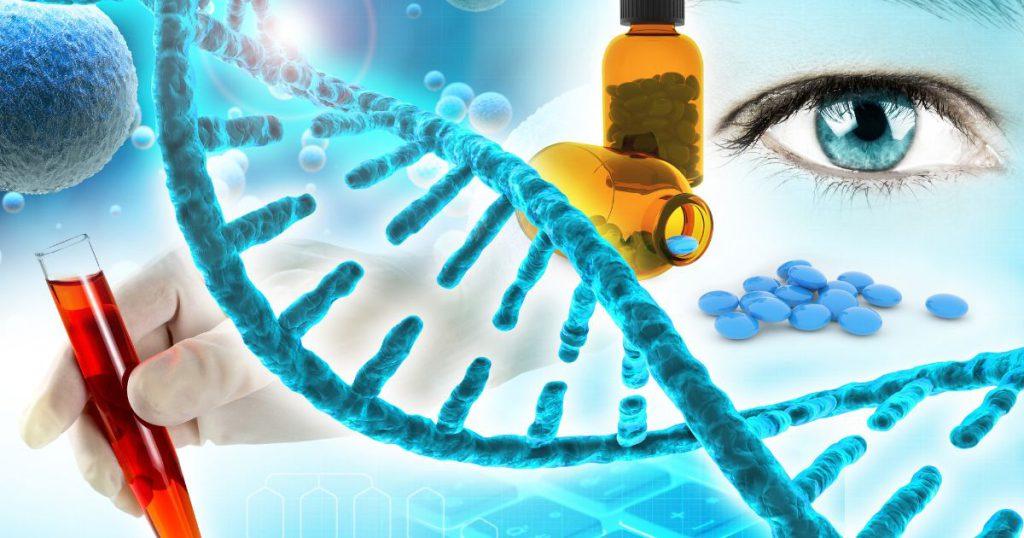
Key Differences Between DNA and RNA
While DNA and RNA may seem similar, they have key differences that set them apart. The most obvious difference is their structure: DNA is double-stranded while RNA is single-stranded. This difference in structure has significant implications for their function. The double-stranded structure of DNA makes it stable and suitable for long-term storage of genetic information. On the other hand, the single-stranded structure of RNA makes it more flexible and able to perform a variety of functions.
The Interplay Between DNA and RNA
The relationship between DNA and RNA is a fascinating dance of molecular interactions. It all starts with the process of transcription, where the genetic information in the DNA is copied into an mRNA molecule. This mRNA then carries the information to the ribosomes, where it is translated into a protein. This flow of information from DNA to RNA to protein is known as the central dogma of molecular biology.
But the interplay between DNA and RNA doesn’t stop there. Some viruses, known as retroviruses, have RNA as their genetic material. When these viruses infect a cell, they use an enzyme called reverse transcriptase to make a DNA copy of their RNA. This DNA is then integrated into the host cell’s genome, where it can be transcribed and translated to make more virus particles.
Practical Applications of Understanding DNA and RNA
The knowledge of DNA and RNA isn’t just for textbooks, it has real-world applications that have revolutionized the field of medicine and biotechnology. Understanding the structure and function of DNA and RNA has allowed us to develop techniques for genetic engineering, where genes can be manipulated in the lab. This has led to the development of genetically modified organisms (GMOs), which have applications in agriculture, medicine, and research.
In medicine, understanding DNA and RNA has led to the development of gene therapy, where faulty genes in a patient’s cells can be replaced or repaired. It has also led to the development of personalized medicine, where treatments can be tailored to a patient’s genetic makeup. In the fight against infectious diseases, understanding the genetic code of viruses and bacteria has allowed us to develop new vaccines and treatments.
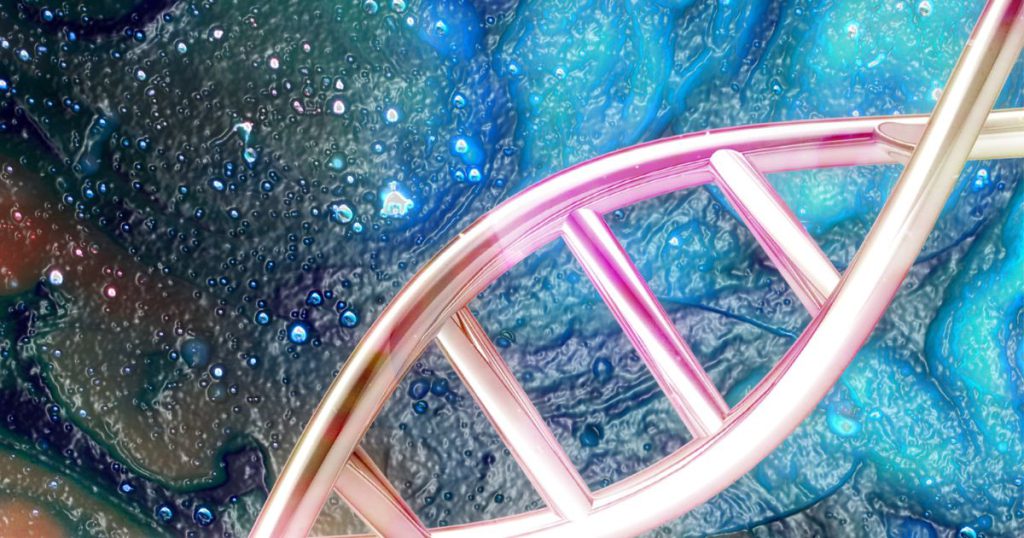
DNA is like a blueprint, holding the genetic instructions for the development and functioning of living organisms. It’s the keeper of life’s secrets.
Conclusion
As I reflect on my journey through Molecular Biology, the roles and differences between DNA and RNA continue to amaze me. It’s a testament to the intricate and beautiful design of life, and I’m excited to see where this knowledge will take us in the future. The more we understand about these fundamental molecules, the better equipped we will be to tackle the challenges that lie ahead in the field of medicine and beyond.
This post is part of the Molecular Biology category and belongs to the series Molecular Biology: A Comprehensive Guide for Medical Technology
Also have a look at my other posts: Deciphering the Genetic Code: The Role of DNA and RNA in Molecular Biology and The Blueprint of Life: Exploring DNA and RNA in Molecular Biology
Frequently Asked Questions
What is the main difference between DNA and RNA?
The main difference between DNA and RNA lies in their structure and function. DNA is double-stranded and primarily serves as the long-term storage of genetic information. RNA, on the other hand, is single-stranded and plays various roles in protein synthesis and gene regulation.
Why is DNA double-stranded and RNA single-stranded?
The double-stranded structure of DNA provides stability, making it suitable for the long-term storage of genetic information. The single-stranded structure of RNA, however, allows it to be more flexible and versatile, enabling it to perform a variety of functions in the cell, including acting as a messenger and a builder of proteins.
What roles do DNA and RNA play in protein synthesis?
In protein synthesis, DNA first gets transcribed into messenger RNA (mRNA) in a process called transcription. This mRNA then serves as a template for the synthesis of proteins in a process called translation. Transfer RNA (tRNA) and ribosomal RNA (rRNA) also play crucial roles in this process.
What is the central dogma of molecular biology?
The central dogma of molecular biology describes the flow of genetic information in a biological system. It states that information flows from DNA to RNA to protein. This means that DNA gets transcribed into RNA, which then gets translated into protein.
What are some practical applications of understanding DNA and RNA?
Understanding DNA and RNA has revolutionized fields like medicine and biotechnology. It has led to the development of genetic engineering, gene therapy, personalized medicine, and new treatments for infectious diseases. It also aids in the development of genetically modified organisms (GMOs) for use in agriculture and research.
Further reading
DNA vs. RNA – 5 Key Differences and Comparison
Sean Schepers is a third-year Medical Technology student at Mahidol University with a passion for all things health and medicine. His journey into the world of medicine has led him to explore various fields. Sean's blog posts offer a unique perspective, combining his academic insights with personal experiences. When he's not studying or blogging, Sean enjoys keeping up with politics and planning his future career in medicine.
In addition to his studies, Sean serves as the chairman of the Rights, Liberties, and Welfare Committee, a role that reflects his commitment to advocacy and social justice. Beyond his academic pursuits, Sean offers tutoring services in English and Biology, further demonstrating his dedication to education and mentorship. His journey is one of continuous discovery, and he invites others to join him as he explores the dynamic and transformative world of medical technology.

